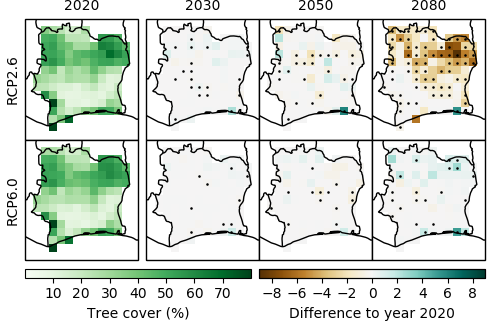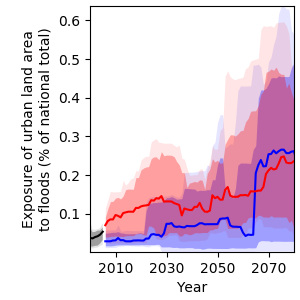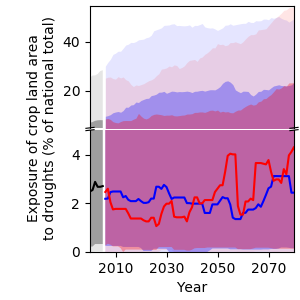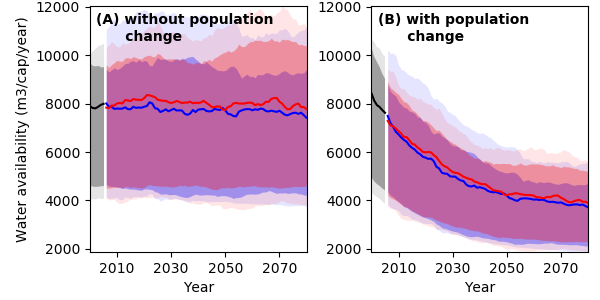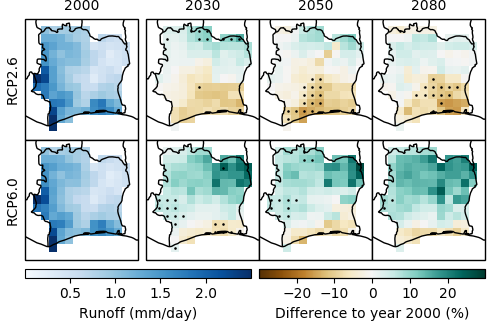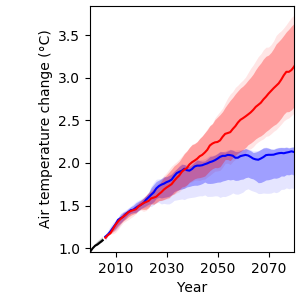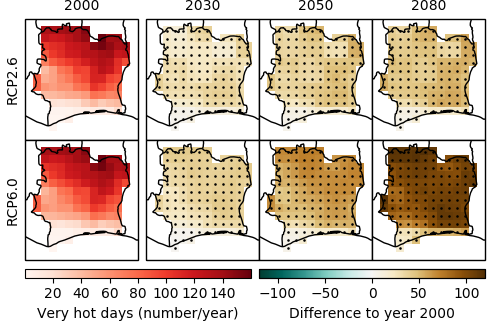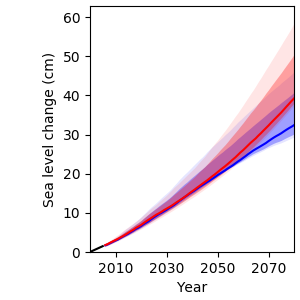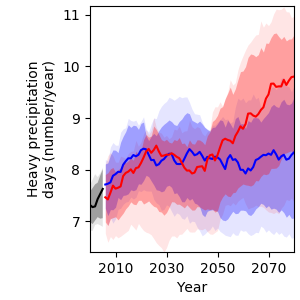Climate change threatens the health and sanitation sector through more frequent incidences of floods, heatwaves, droughts and storms. Amongst the key health challenges in Côte d’Ivoire are morbidity and mortality through respiratory diseases, HIV / AIDS, tuberculosis, vector-borne diseases such as malaria, and impacts of extreme weather events (e.g. flooding) including injury and mortality as well as related waterborne diseases such as diarrhoea [35]. Many of these health challenges are expected to become more severe under climate change, which is also likely to impact food and water supply, thereby increasing the risk of malnutrition, hunger and death by famine. Although severe food insecurity has disappeared, it still remains a challenge in Côte d’Ivoire, in addition to malnutrition: In 2016, the national stunting rate of children under the age of 5 was 21.6 % and the food insecurity rate 10.8 %, with rural communities in western and northern Côte d’Ivoire being disproportionately stronger affected and more vulnerable [36]. Furthermore, climate change is likely to lengthen transmission periods and alter the geographic range of various diseases, for instance, due to rising temperatures and changes in precipitation amounts. In 2015, the estimated malaria incidence in the country was 349 cases per 1 000 people at risk [37]. Temperature increases could lead to more frequent outbreaks of meningitis, especially in northern Côte d’Ivoire, while increases in precipitation could heighten the risk of malaria [17].
Exposure to heatwaves
Rising temperatures will result in more frequent heatwaves in Côte d’Ivoire, which will increase heat-related mortality. Under RCP6.0, the population affected by at least one heatwave per year is projected to increase from 9 % in 2000 to 31 % in 2080 (Figure 18), and heat-related mortality will likely increase from 1.5 to 7 deaths per 100 000 people per year. This translates to an increase by a factor of about five towards the end of the century compared to year 2000 levels, provided that no adaptation to hotter conditions will take place (Figure 19). Under RCP2.6, heat-related mortality is projected to increase to about 3.5 deaths per 100 000 people per year in 2080.

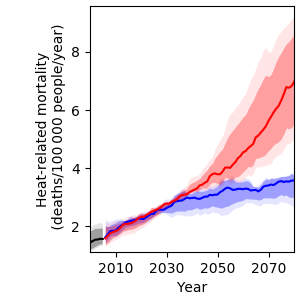
References
[17] World Bank, “Climate Change Knowledge Platform: Côte d’Ivoire.” Online available: https://climateknowledgeportal.worldbank.org/country/cote-divoire/vulnerability [Accessed: 27-Jan-2020].
[35] Centers for Disease Control and Prevention (CDC), “CDC in Côte d’lvoire,” Atlanta, Georgia, 2018.
[36] World Food Programme, “WFP Côte d’Ivoire Country Brief,” Rome, Italy, 2019.
[37] U.S. President’s Malaria Initiative, “Côte d’Ivoire,” Washington, D.C., 2015.




